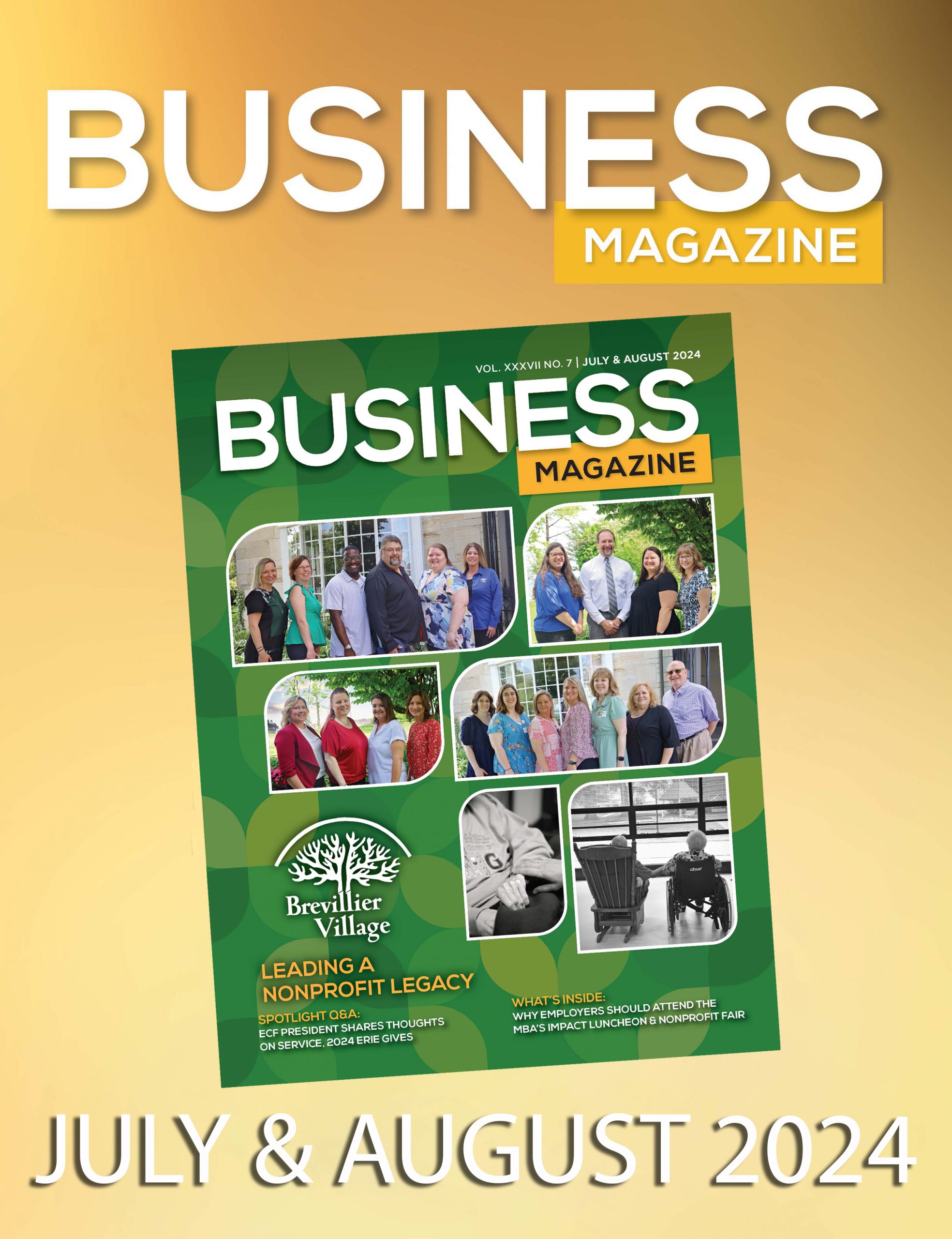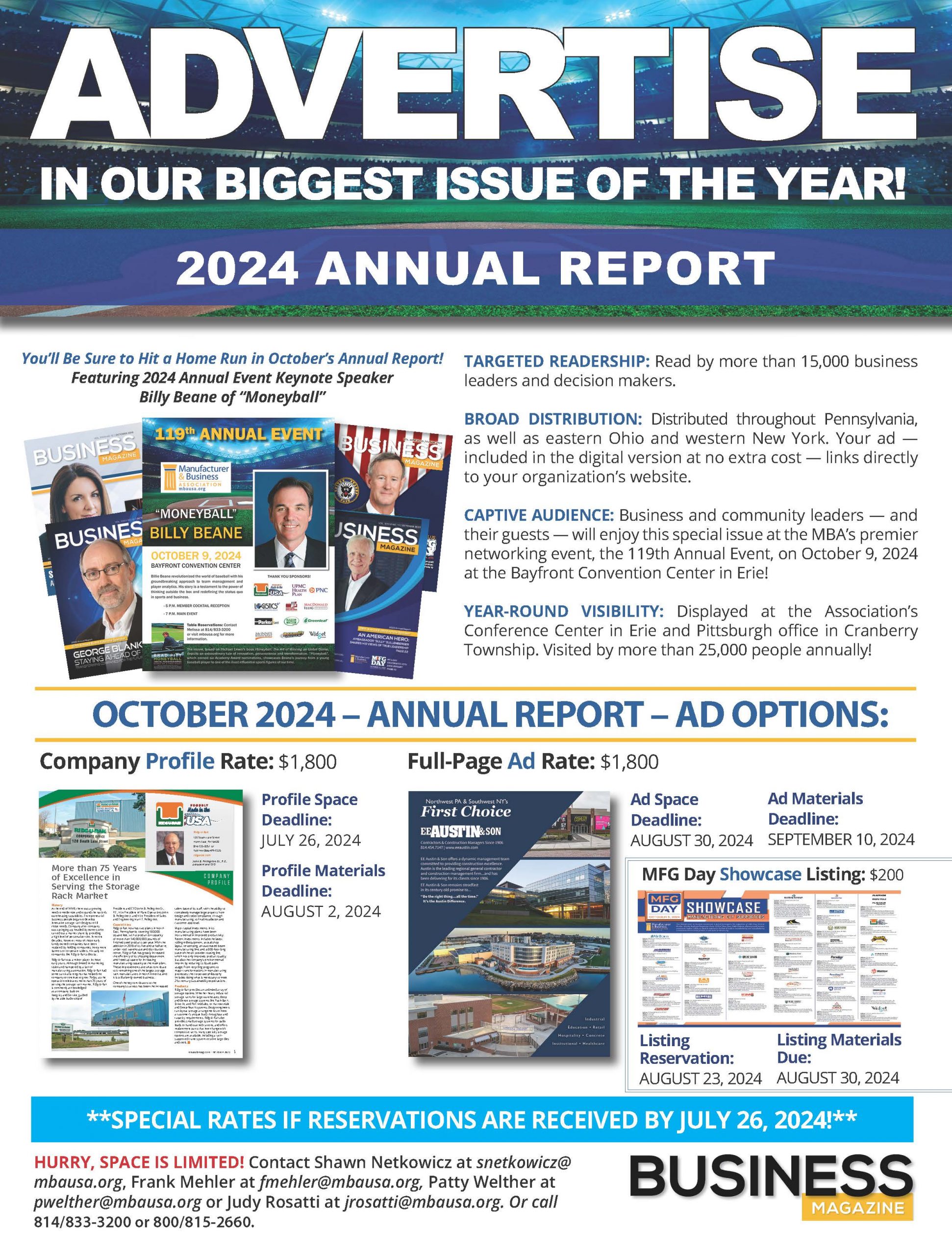By James Reim, CFA
The Investment Center of Erie
DOL Audit Protection
Employers are taking steps to prepare themselves for a DOL audit by building ERISA files. To pass a DOL audit, employers are expected to demonstrate that the plan has been administered properly, that funds have been remitted in a timely manner, and that plan fees and expenses are “reasonable.” Maintaining an audit file and checklist will ensure that all DOL requirements have been met and the required documents are kept up to date. The process begins with an audit checklist.
One of the documents in the audit file should be a “Plan Benchmarking Report.” The Department of Labor has mandated that employers receive fee disclosure information from their 401k and profit-sharing plan providers. Employers have been tasked by the DOL to assess the “reasonableness” of their plan fees. This is done by “benchmarking” the plans expenses with other similar plans. Such benchmarking gives employers the information they need to negotiate fee reductions of plan expenses if warranted.
Fiduciary Protection under ERISA Sections 3(21) and 3(38)
Fiduciary responsibilities for employers who offer a retirement plan under ERISA are held to the standard of an expert for investment decisions for the plan. Available in the market today are services to delegate this responsibility to an independent third party. Employers have begun outsourcing the selection, monitoring and replacement of investments to firms that will take on this fiduciary duty for them under Section 3(38).
Another fiduciary concern involves older employees close to retirement. The concern is they may be taking too much risk in their Target Date Funds and not even know it. Target Date 2020 funds are 60 percent in stock and 31 percent in bonds and have a real risk of losing value. This problem has been identified as a potential source of future litigation.
Since 2008 the cutting edge of investment management has been to develop funds that move investors out of the market automatically as factors dictate. These Risk Managed Funds are potentially more appropriate and Employers or their 3(38) managers are making these hedging investments available in their plans.
Employee Education
A Harvard Business Review article titled, “The Crisis in Retirement Planning,” suggests investors are incorrectly looking at investment allocations and annual returns instead of annual income in retirement. Getting back to the old days of knowing what your retirement income will be is what people want to know. Unfortunately, employees continue to hear what funds are available and how to sign up and that’s it.
The primary question employees ask themselves is “Will I have enough income in retirement?” The primary factors to find this answer include 1) how much they are saving, 2) how long will they be working, 3) how much income will they need from their 401k money, and 4) are they taking the appropriate investment risk. New software is now available that allows for this individualized analysis and provides the ability to make informed investment decisions using these factors. Employers are taking steps to make these tools available to their employees.
“All Securities Offered Through The Investment Center, Inc. Bedminster, New Jersey – Member FINRA/SIPC. James Reim is a Registered Representative of The Investment Center, Inc. The Investment Center of Erie is not affiliated with The Investment Center, Inc.”












